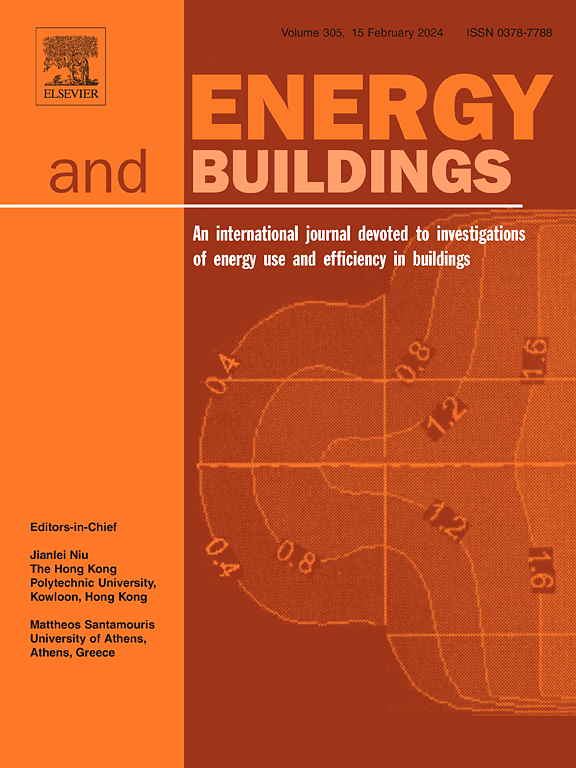“双碳”目标下数字化投入对中国建筑业二氧化碳排放的影响
IF 6.6
2区 工程技术
Q1 CONSTRUCTION & BUILDING TECHNOLOGY
引用次数: 0
摘要
建筑领域的二氧化碳排放在中国实现“双碳”目标的努力中起着至关重要的作用。在数字化转型的背景下,了解数字化输入对建筑相关排放的影响具有重要的现实意义。本研究采用IPCC碳核算方法对中国建筑业2004 - 2021年的CO2排放量进行了测算。结合OECD投入产出数据,建立了包含数字输入的LMDI分解模型,并采用Tapio解耦法和解耦努力模型分析了建筑工地CO2排放的解耦状况及其影响因素。结果表明,从2004年到2021年,数字化促进了二氧化碳排放量的具体减少。具体而言,数字化的规模效应对CO2排放具有缓解作用,而数字化的技术效应对CO2排放具有不利影响。技术效应的负面影响强于规模效应,导致整体碳减排效应。Tapio解耦分析揭示了建筑工地数字输入与碳排放的两种解耦状态:强负解耦和弱解耦。解耦努力模型进一步确定资本数字化和数字能源结构是影响二氧化碳排放解耦状态的关键因素。基于上述分析,本研究提出实施一系列数字化行动,以促进建筑业的进步,减少碳排放,为实现“双碳”目标做出贡献。本文章由计算机程序翻译,如有差异,请以英文原文为准。
Impact of digitalization inputs on CO2 emissions in China’s construction industry under the “Dual Carbon” goal
CO2 emissions from the construction field play a crucial role in Chinese efforts to achieve the “Dual Carbon” target. Against the backdrop of digital transformation, understanding the impact of digital input on construction-related emissions is of significant practical importance. This research employs the IPCC carbon accounting method to measure the CO2 emissions of the construction industry in China from 2004 to 2021. Combined with OECD input–output data, an LMDI decomposition model incorporating digital input is developed, and the Tapio decoupling method and decoupling effort model are employed to analyze the decoupling status of CO2 emissions in construction sites and their influencing factors. Results demonstrate that from 2004 to 2021, digitalization promoted a specific reduction in carbon dioxide emissions. Specifically, the scale effect of digitalization has a mitigating impact on CO2 emissions, while the technological effect of digitalization has an adverse influence on CO2 emissions. The negative impact of the technological effect is stronger than the scale effect, resulting in an overall carbon reduction effect. Tapio decoupling analysis reveals two decoupling states between digital input and carbon emissions in construction sites: strong negative decoupling and weak decoupling. The decoupling effort model further identifies capital digitization and digital-energy structure as key factors influencing the decoupling status of carbon dioxide emissions. Drawing upon the preceding analysis, this study proposes implementing a series of digital actions to promote the progression of the construction sector, reduce carbon emissions, and contribute to achieving the “Dual Carbon” goal.
求助全文
通过发布文献求助,成功后即可免费获取论文全文。
去求助
来源期刊

Energy and Buildings
工程技术-工程:土木
CiteScore
12.70
自引率
11.90%
发文量
863
审稿时长
38 days
期刊介绍:
An international journal devoted to investigations of energy use and efficiency in buildings
Energy and Buildings is an international journal publishing articles with explicit links to energy use in buildings. The aim is to present new research results, and new proven practice aimed at reducing the energy needs of a building and improving indoor environment quality.
 求助内容:
求助内容: 应助结果提醒方式:
应助结果提醒方式:


